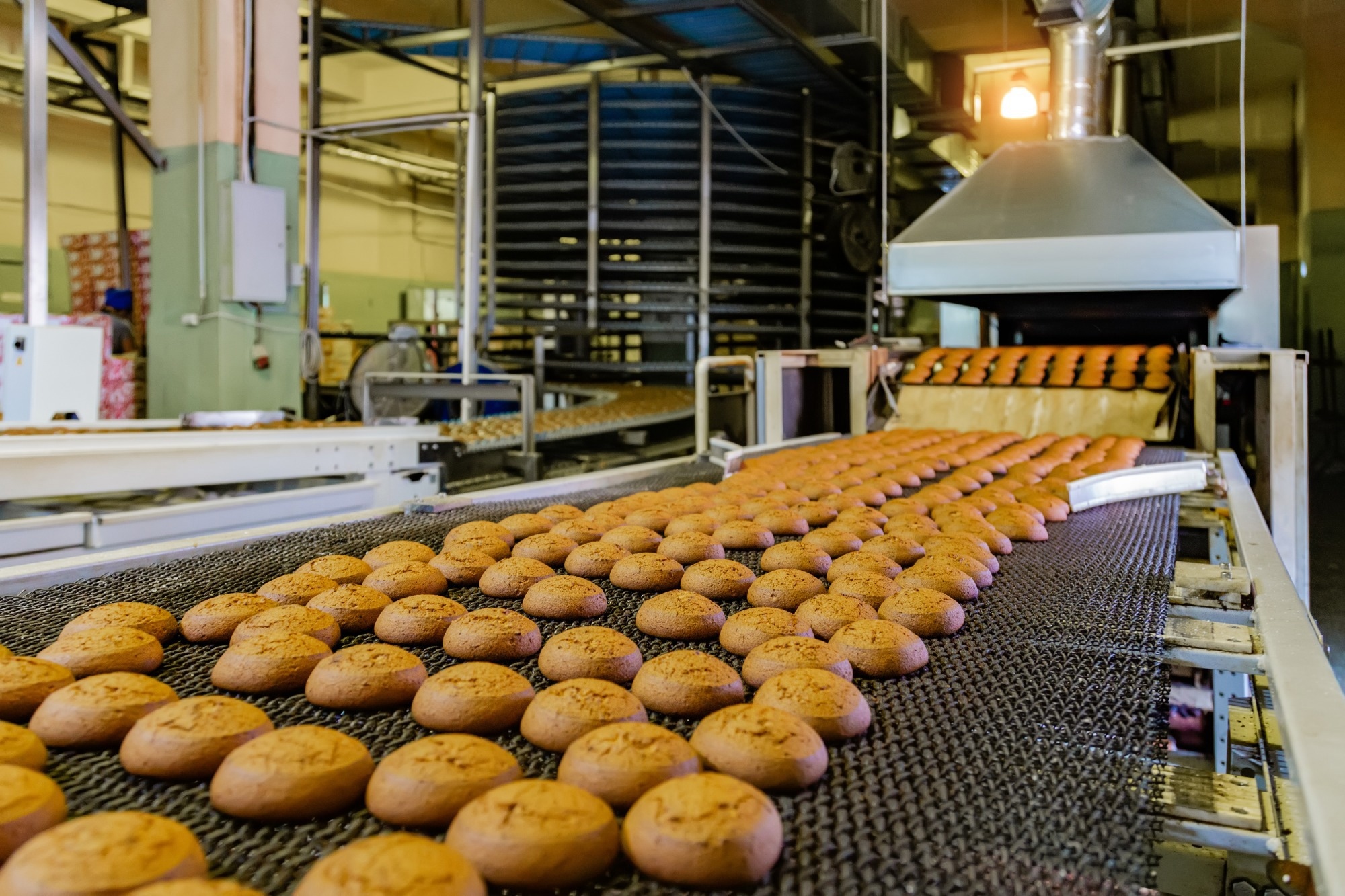In a recent study published in the journal Frontiers in Nutrition, researchers evaluate the association between ultra-processed food (UPF) consumption and the risk of chronic kidney disease (CKD).
 Study: Ultra-processed food consumption and chronic kidney disease risk: a systematic review and dose-response meta-analysis. Image Credit:
Study: Ultra-processed food consumption and chronic kidney disease risk: a systematic review and dose-response meta-analysis. Image Credit:
What causes CKD?
CKD affects between 8-16% of the global population, with its prevalence within the United States estimated to be about 15% among adults. Epidemiological studies have reported associations between the consumption of certain foods, nutrients, and dietary patterns and the risk of CKD; however, less is known about the impact of food processing on the incidence of CKD.
Previous reports suggest significant associations between high UPF consumption and elevated risks of several non-communicable diseases. Nevertheless, few epidemiological studies have examined the relationship between UPF intake and CKD risks and yielded consistent results.
About the study
In the present study, researchers systematically reviewed the associations between the consumption of UPFs and CKD risks. PubMed, Web of Science, Embase, China National Knowledge Infrastructure (CNKI), and Scopus databases were searched for relevant studies, and references from selected articles were explored to identify additional studies.
Observational studies involving adults 18 years of age and older were selected if they followed the NOVA classification system, evaluated associations between UPF intake and CKD risks, and reported relative risks (RRs), odds ratios (ORs), and hazard ratios (HRs). Titles/abstracts were screened, and full texts were reviewed.
Data on study region/design, CKD cases, publication year, sample size, follow-up duration, assessment methods, and risk estimates were extracted. Incident CKD was defined as an albumin-to-creatinine ratio exceeding 30 mg/g, estimated glomerular filtration rate of 60 ml/min/1.73m2 or less, or clinical CKD diagnosis. The Newcastle-Ottawa Scale was used to assess study quality.
The NutriGrade tool was used to evaluate the credibility of the evidence. HRs were assumed to be approximately equal to RRs, whereas ORs were converted into RRs.
A meta-analysis was performed by summarizing RRs for the highest and lowest UPF intake categories in relation to CKD risk. The I-squared statistic and Cochran’s Q test were used to measure heterogeneity.
RRs were pooled using the DerSimonnian and Laird random-effects model if the heterogeneity was high; otherwise, fixed-effect models were used. A dose-response meta-analysis was performed to estimate RRs for each 10% increment in energy from UPF intake. Subgroup and sensitivity analyses were also performed.
Study findings
Database searches identified 905 records, 426 of which were retained following deduplication and exclusions. Title/abstract screening excluded 394 additional studies.
Overall, eight studies, comprising over 500,000 individuals, were selected after full-text reviews. Two studies were cross-sectional, and six were cohort studies.
All studies included in the review were published after 2021 and conducted in the U.S., Spain, Korea, China, Netherlands, and the United Kingdom. Follow-up durations ranged between 3.6 and 24 years.
Dietary assessment methods included food-frequency questionnaires (FFQs), interviews, or 24-hour dietary recall. Seven studies were of high quality, whereas one was of medium quality.
The highest UPF intake category was associated with an 18% increased risk of CKD compared to the lowest category. Moderate heterogeneity was observed in the reviewed studies, thus necessitating the use of a fixed-effects model.
A linear association was observed between UPF intake and CKD risk. Each 10% increment in energy from UPF consumption was associated with a 7% greater CKD risk. NutriGrade assessment indicated moderate credibility of the evidence.
Significant associations were evident across all subgroups. A subgroup analysis involving cohort studies reproduced the positive association between UPF intake and CKD risk, with less heterogeneity.
The positive association was consistent in studies with sample sizes exceeding 5,000, with no evidence of heterogeneity. Likewise, sensitivity analysis confirmed the robustness of the study findings.
Conclusions
The study findings indicate a significantly higher risk of CKD associated with increased UPF consumption. The differences in study design, UPF intake assessment methods, and sample sizes might explain the moderate heterogeneity.
FFQs were administered in most studies, which could have led to misclassification bias, thus leading to over- or under-estimation of UPF intake. Furthermore, FFQs were not explicitly designed to capture the degree/purpose of food processing.
Importantly, the study findings have limited generalizability, as six of the eight reviewed studies were conducted in Western populations.
Journal reference:
- He, X., Zhang, X., Si, C., et al. (2024). Ultra-processed food consumption and chronic kidney disease risk: a systematic review and dose-response meta-analysis. Frontiers in Nutrition. doi:10.3389/fnut.2024.1359229